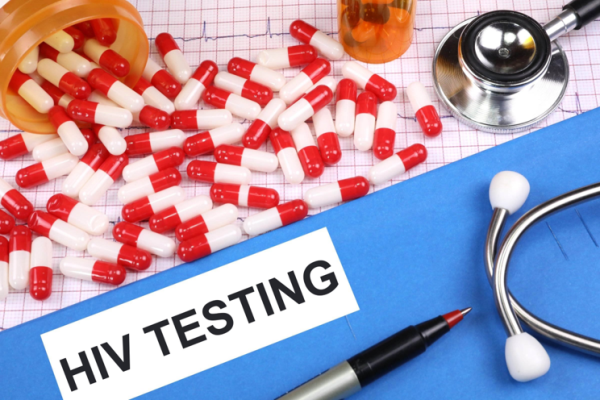
Testing For HIV Human Immunodeficiency Virus
This test checks for the presence of the virus that causes AIDS. Donors who test positive for HIV are typically deferred from donating blood.
Testing for Human Immunodeficiency Virus (HIV) in blood donors is a critical component of blood safety protocols. HIV is the virus that can lead to Acquired Immunodeficiency Syndrome (AIDS). Screening blood donors for HIV helps ensure that the donated blood supply is safe for transfusion recipients.
According to American Blood cross: Blood donation screening for HIV-1, the causative agent of AIDS began with antibody testing in 1985. Many improvements in testing have occurred, including the detection of a second HIV agent (HIV-2 in 1992). The test used for blood donor screening is the GS (Genetic Systems) HIV-1/HIV-2 PLUS O EIA for the simultaneous qualitative detection of anti-HIV 1 (groups M and O) and/or HIV-2 in human serum or plasma. A duplex NAT was introduced for HIV/HCV RNA detection in September 1999 and updated to include the detection of HBV DNA in June 2009 and HIV-2 RNA detection in July 2020.
Image credit: Hiv testing by Nick Youngson CC BY-SA 3.0 Pix4free
Author: Sumana Rao | Posted on: September 7, 2023
« Blood Safety – Blood Donations Are Screened For Infectious Diseases Hepatitis B and C Virus Testing »






















Write a comment